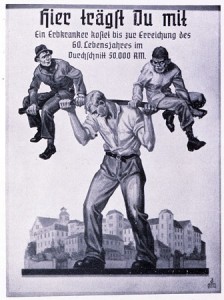Author – Ferry was a French statesman and republican and was also the prime minister of France from 1880-1881 and again from 1883-1885. He is remembered for his dislike of the power and influence of the Catholic church on education, and he was a strong promoter of the expansion of the French colonial empire.
Context – From the “Speech Before the French Chamber of Deputies, March 28, 1884.” Published during the second wave of the Industrial Revolution. He was witness to Liberalism and Nationalism arising in France and the nation building period in various countries. In 1884 the Sino French War occurred, in which France fought the Chinese over Vietnam.
Language – Written in a very clear and organized way. Asked many questions to his audience and wrote in convincing and influential tone.
Audience – Written for the educated and powerful French Chamber of Deputies.
Intent – His intent was to call attention to the duty of the superior races and inspire the French to overtake less powerful nations but be aware of the rising powers around them.
Message – His message contained his idea of the power of the French and his strong belief in their colonial expansion. He declared that it was the right and duty of the superior races to civilize other inferior races and this would allow economic exploitation by France. He said the expansion was necessary because it would give France important harbors and supply centers on the sea that would be necessary during a war. Great nations are only great through the actions that they employ and France needs to be active and take part in what’s going on around them in order to be a great nation.




